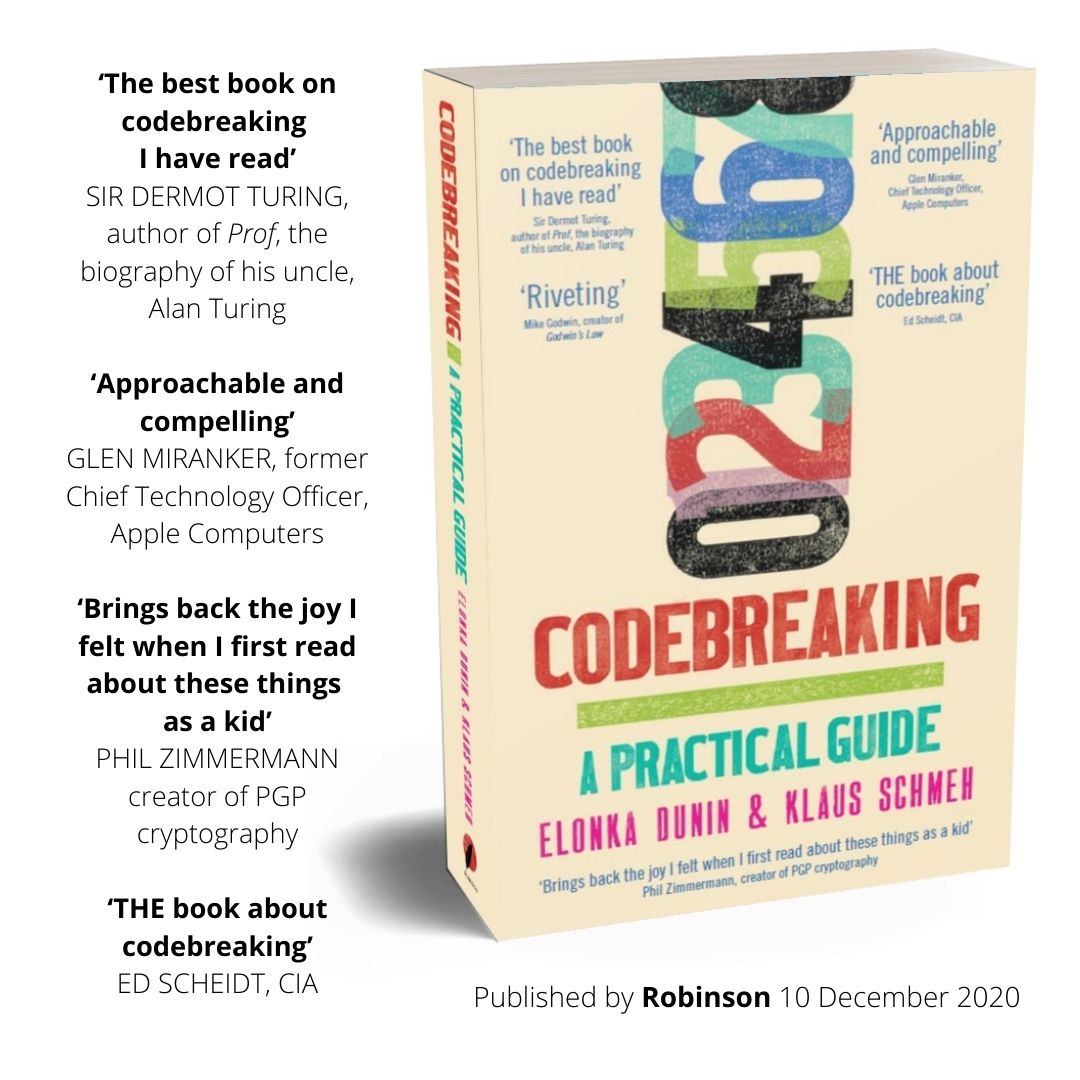#A booklet similar to the Cylob cryptogram – Klausis Krypto Kolumne

Inhaltsverzeichnis
„A booklet similar to the Cylob cryptogram – Klausis Krypto Kolumne“
Deutsche Version des Artikels (Beta)
The “Cylob Cryptogram” is a crypto mystery named for British rock musician Cylob (Chris Jeffs). Cylob, who lives in Berlin, Germany, first described his find in the following words he published on his blog:
In about 1995 or 1996, I was in a bookshop in central London, I’m sure it was the one that used to be called “Dillons Arts” but that later turned into a Waterstones. There was a pile of mysterious booklets next to the main display near the entrance, and a note next to them indicated that they were free. I asked one of the assistants what it was all about, and she said they didn’t know, simply that some mysterious person was leaving them. I wonder if the symbols mean anything, or if it was just an elaborate and pointless joke.
Blog reader Gert Brantner informed me about this “mysterious booklet” in 2015. Cylob himself later provided me a complete set of page scans. I included the Cylob cryptogram in my Top 50 Unsolved Cryptograms list and added it to my encrypted books list (#00056). My last blog post on this topic was published in August 2020.
The booklet
The booklet Cylob found has 20 pages. Here they are:
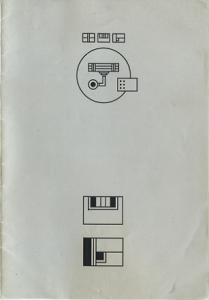
Source: Cylob
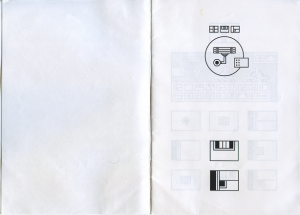
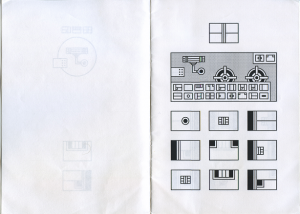
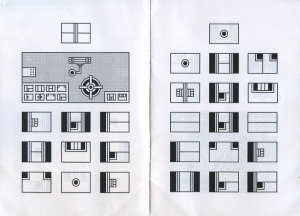
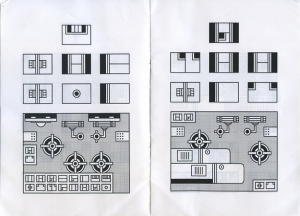
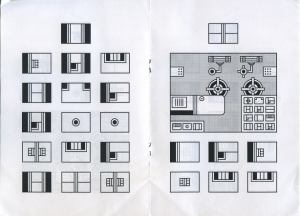
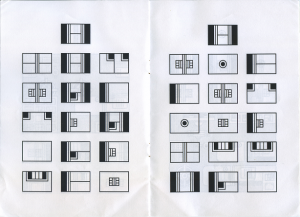
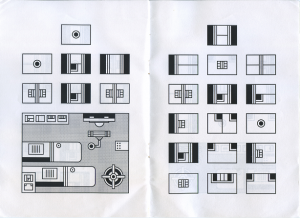
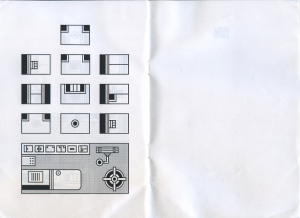
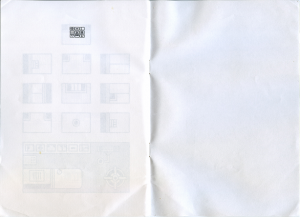
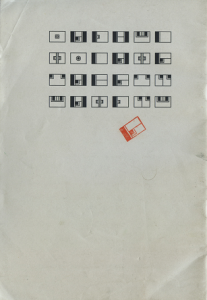
The content of the booklet mainly consists of rectangular symbols. There are no letters or numbers, not even page numbers. Although Cylob reported that there was a whole pile of booklets in that London book store, I am not aware of another copy of this work.
Following the saying “if your only tool is a hammer then every problem looks like a nail”, my first guess was that the Cylob Cryptogram represented an encrypted message. My August blog post provides some information about this hypothesis. While the letter frequencies are consistent with a text encrypted in a simple substitution cipher, nobody has been able to find a plausible decryption so far.
Many of my blog readers have suggested other theories. Some noted that geometrical figures similar to the ones in the Cylob cryptogram are used in intelligence tests. Others said that this booklet might have been used in a challenge-response copy-protection mechanism for a 1980s computer program. Still others believe that it is a game accessory. And then, there’s still the possibility that the Cylob cryptogram is a piece of modern art without a real purpose.
My friend Richard SantaColoma fom New York State tried to solve the mystery by searching for similar symbols on Google Images. He found plenty of graphs, circuits, logic diagrams, kitchen appliances and also many game-related pictures, but nothing that looked exactly the same. His best find was a computer game named Crusader- No Remorse. Here’s a screenshot:

Source: Screenshot
Was the Cylob cryptogram created for this game? Was it used for security validation or for marking the locations of power-ups? Perhaps a reader can say more about this.
♦♦♦♦♦♦♦♦♦ Coming December 2020 ♦♦♦♦♦♦♦♦♦♦♦♦♦
♦♦♦♦♦♦♦♦♦♦♦♦♦♦♦♦♦♦♦♦♦♦♦♦♦♦♦♦♦♦♦♦♦♦♦♦♦♦
A similar cryptogram
U.S. blog reader Lance Estes recently informed me about a post on Reddit that might shed some new light on the Cylob cryptogram. Eight days ago, a Reddit user nicknamed Doc_Skeef published a picture and wrote:
Is this a code? Random little book. Just these characters on every page….
The “random little book” has the following cover:
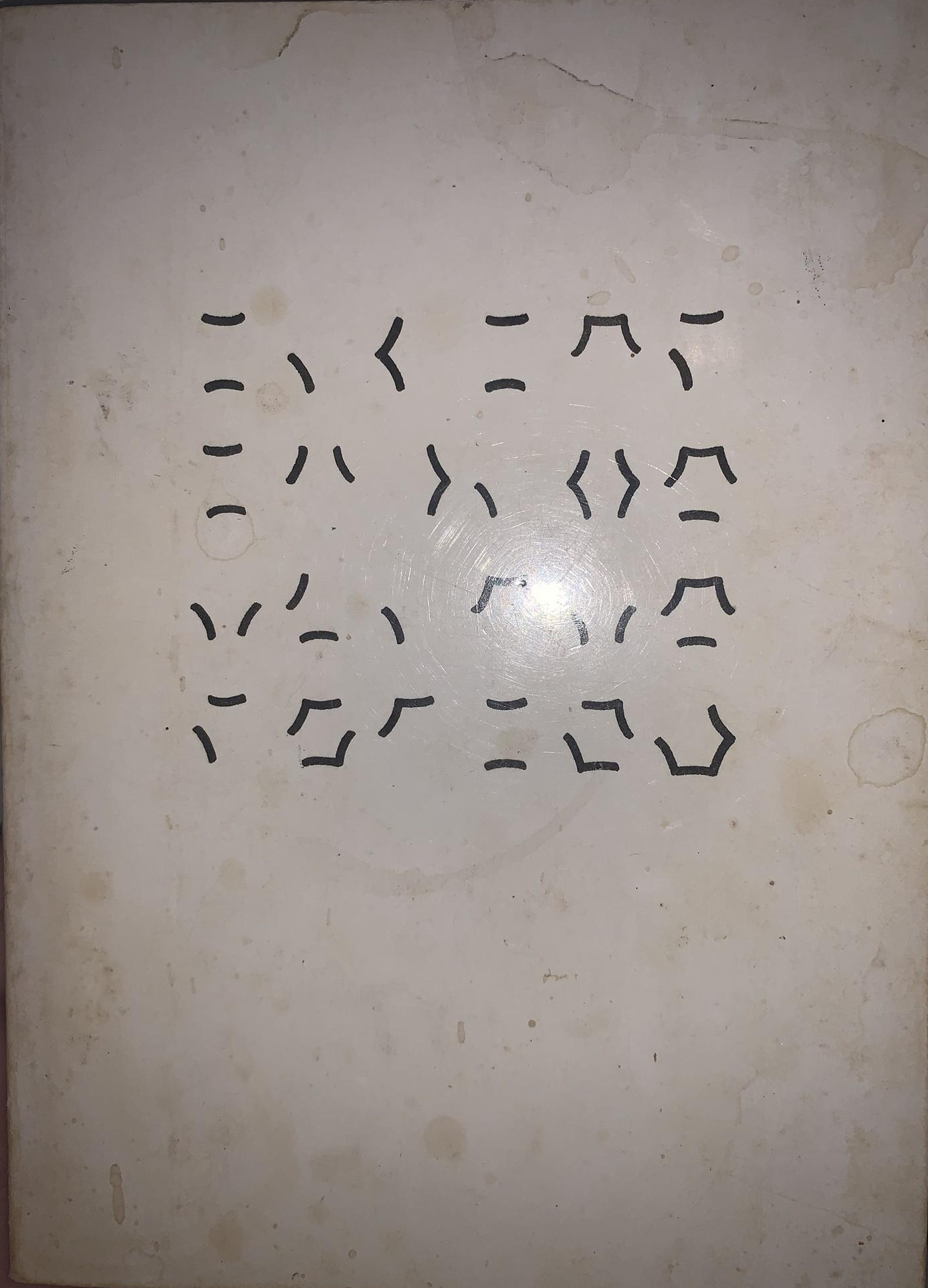
According to Doc_Skeef , this booklet has “no markings of any letters or numbers”. There’s no doubt that there are many parallels between this work and the Cylob cryptogram.
Additional pages of the “random little book” are available here. A few of these are reproduced in the following.
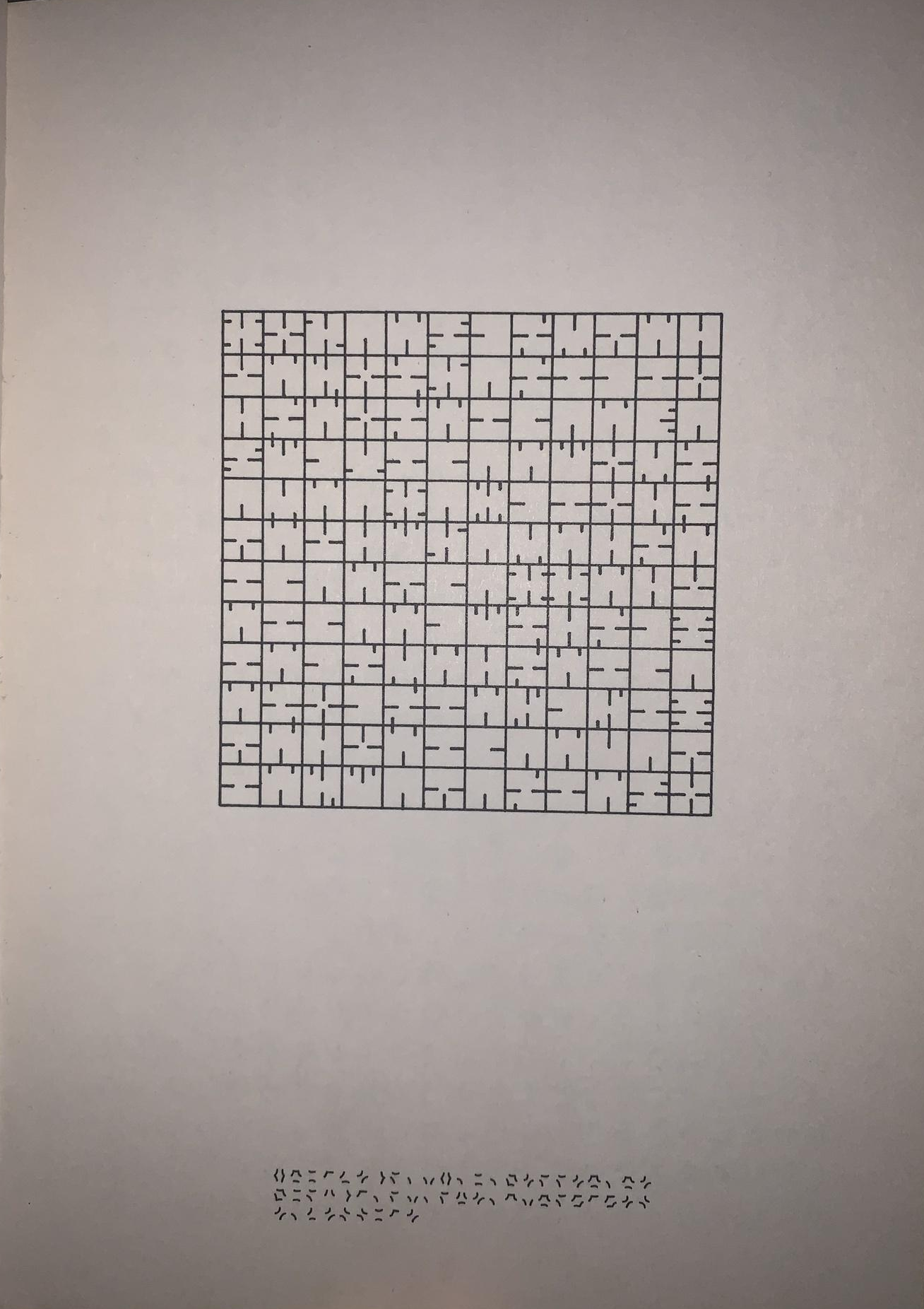
The next one shows the same kind of symbols as the cover:
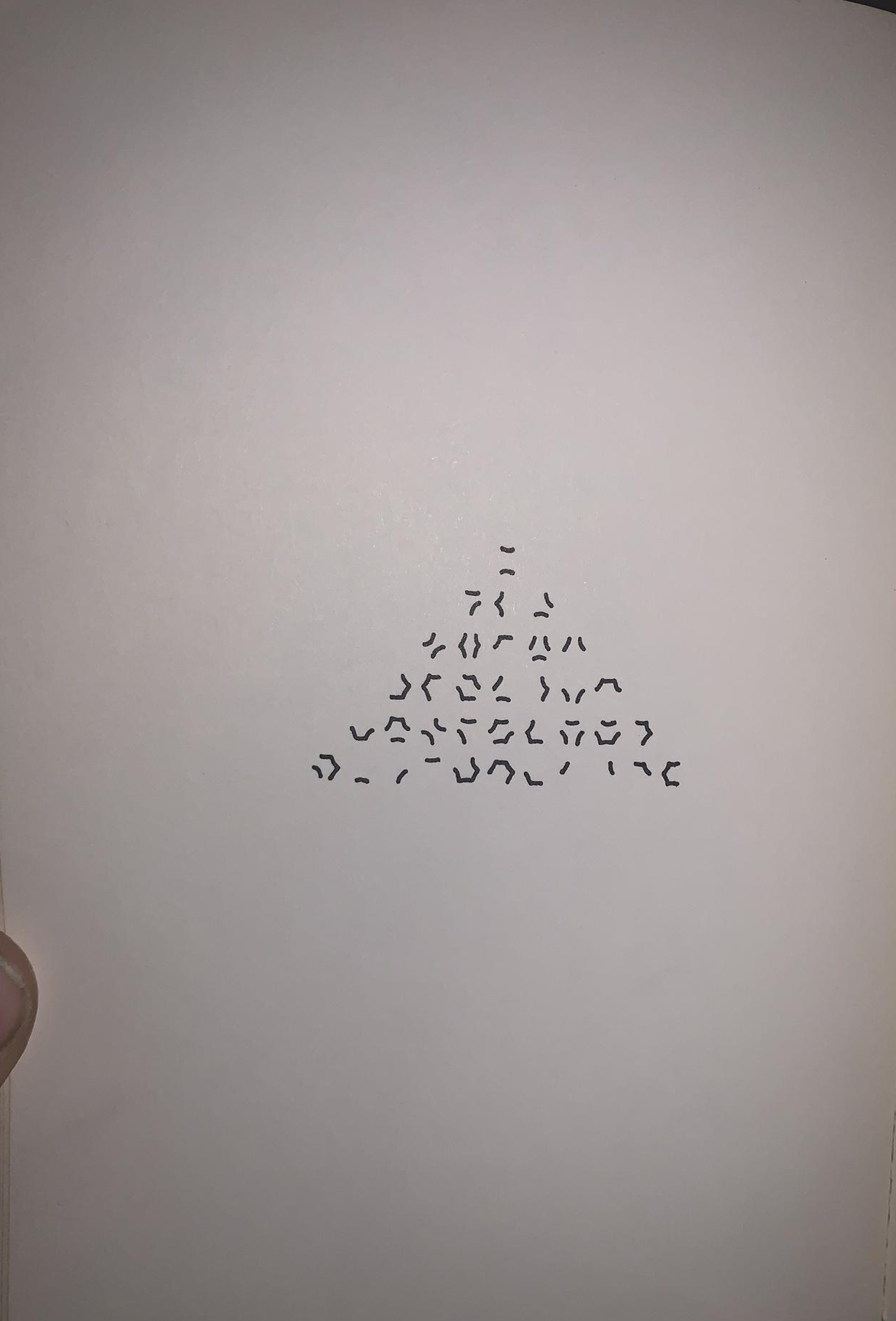
What makes this find especially interesting is that Reddit users found out who created the “random little book”. As can be seen on this webpage, French artist Guy de Cointet (1934–1983) made it in 1972, calling it A Captain from Portugal.
Apparently, A Captain from Portugal has no real purpose, it’s just “l’art pour l’art”. Is the same true for the Cylob manuscript? Was it even created by the same artist? I don’t know. At least, a Google Images search reveals that de Cointet created other works that look like encrypted text.
The pigpen cryptogram
Contrary to the Cylob cryptogram, A Captain from Portugal is written in several different fonts. One page even shows a message that appears to be encrypted in a pigpen cipher:

Is this a real ciphertext? If so, can a reader solve it?
Follow @KlausSchmeh
Further reading: A video of James Hampton’s sculpture and notebook
Linkedin: https://www.linkedin.com/groups/13501820
Facebook: https://www.facebook.com/groups/763282653806483/
Wenn Ihnen der Artikel gefallen hat, vergessen Sie nicht, ihn mit Ihren Freunden zu teilen. Folgen Sie uns auch in Google News, klicken Sie auf den Stern und wählen Sie uns aus Ihren Favoriten aus.
Wenn Sie an Foren interessiert sind, können Sie Forum.BuradaBiliyorum.Com besuchen.
Wenn Sie weitere Nachrichten lesen möchten, können Sie unsere Wissenschaft kategorie besuchen.
